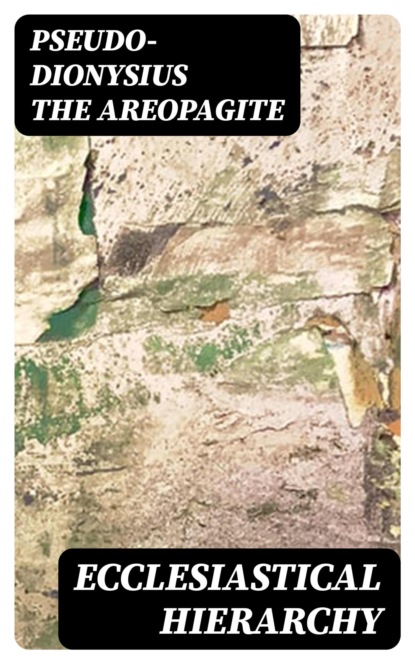Sayfa sayısı 90 sayfa
0+

Kitap hakkında
In «Ecclesiastical Hierarchy,» Pseudo-Dionysius the Areopagite delves into the intricate structure of the Church, exploring the spiritual and hierarchical relationship between God, angels, and humanity. Composed in the late 5th to early 6th century, this seminal text combines elements of Neoplatonism with Christian theology, employing a mystical literary style that invites readers to engage in profound reflection. The work systematically categorizes the celestial and ecclesiastical orders, presenting them as intermediaries that facilitate the ascent of the soul toward divine union, thereby influencing the broader discussions of hierarchy in both ecclesiastical and philosophical contexts during the early Christian era. Pseudo-Dionysius, whose identity possibly draws from the Athenian convert of St. Paul, encountered an environment marked by rich theological debate and metaphysical inquiry. His writings reflect a confluence of cultural influences that shaped early Christian thought, as he sought to articulate a coherent vision of how the divine interacts with the created order. Deeply influenced by Platonic thought, his works reveal his attempts to reconcile the transcendence of God with His immanence in the Church's life. «Ecclesiastical Hierarchy» is a must-read for anyone interested in the intersections of theology, philosophy, and ecclesiology. It challenges readers to contemplate the mysteries of faith and the nature of spiritual ascent, ultimately serving as a vital resource for scholars and laypersons alike who wish to deepen their understanding of the spiritual and organizational dimensions of Christian practice.
